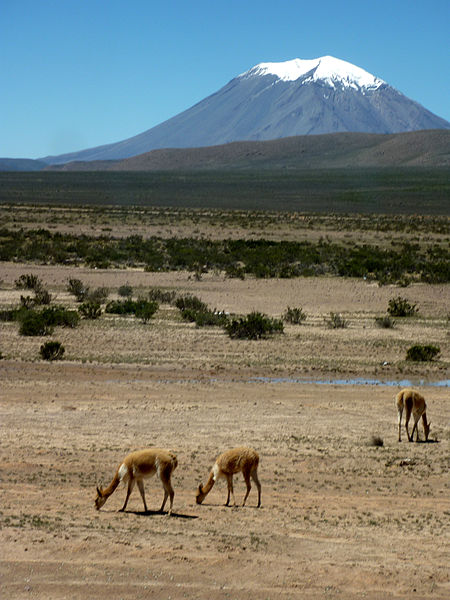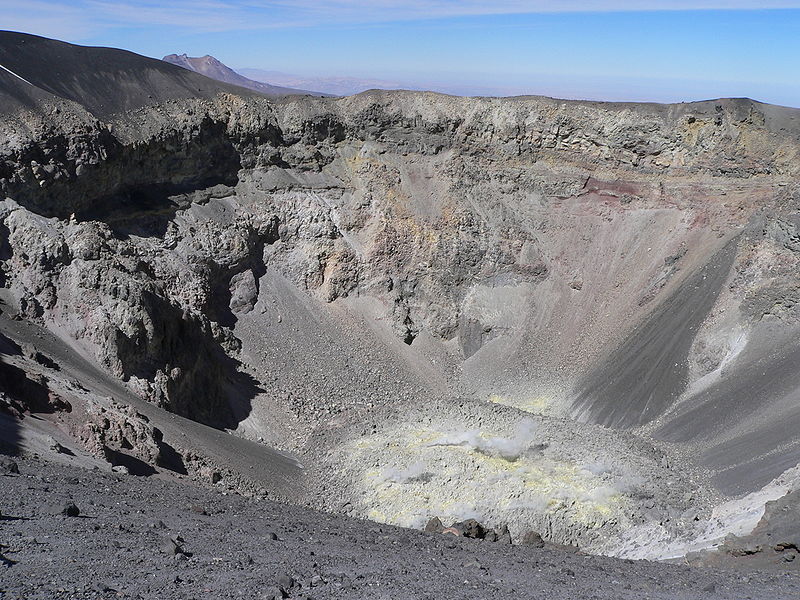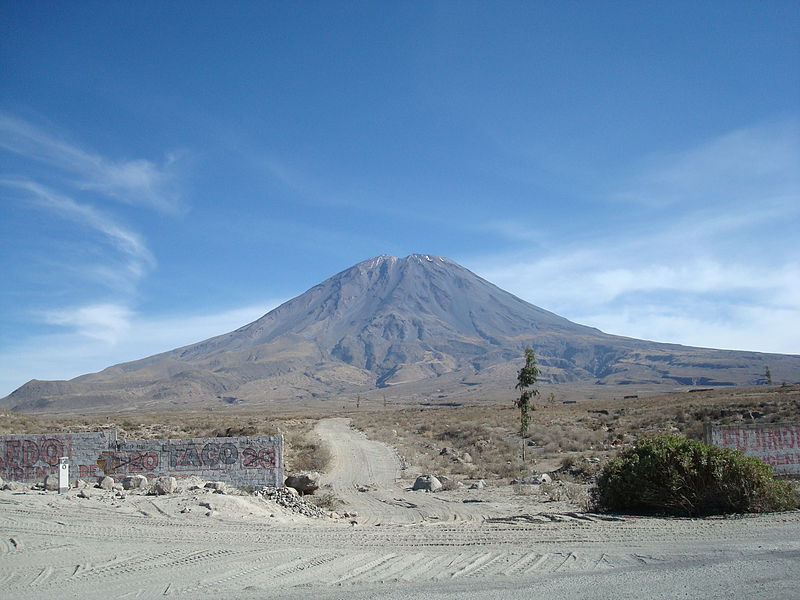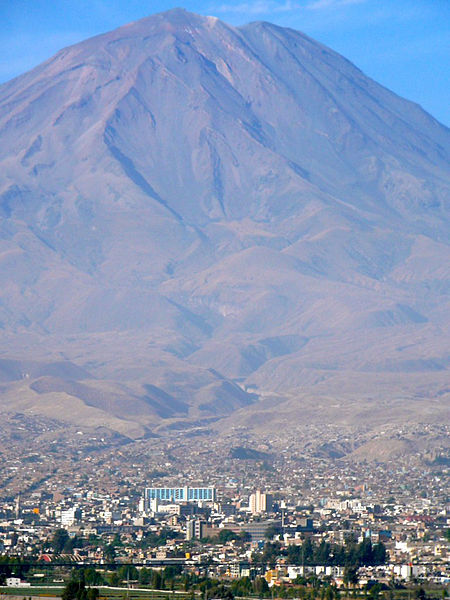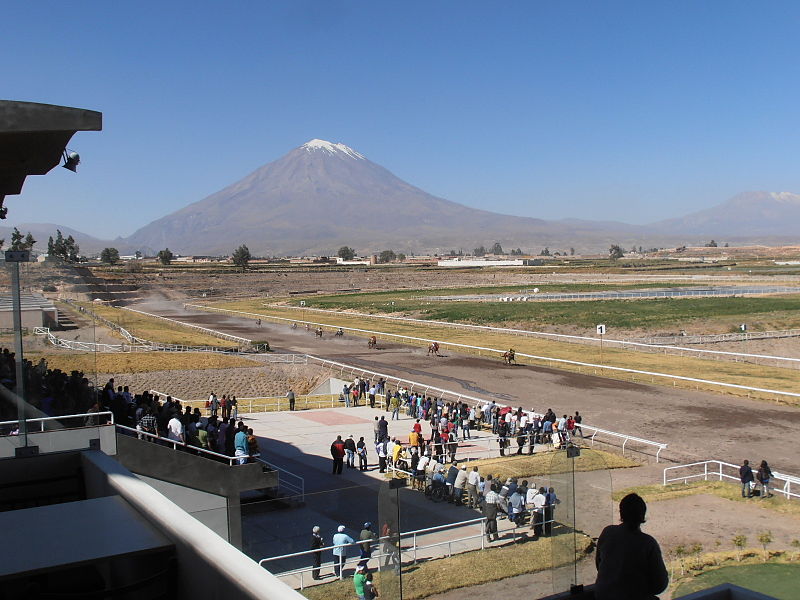Misti
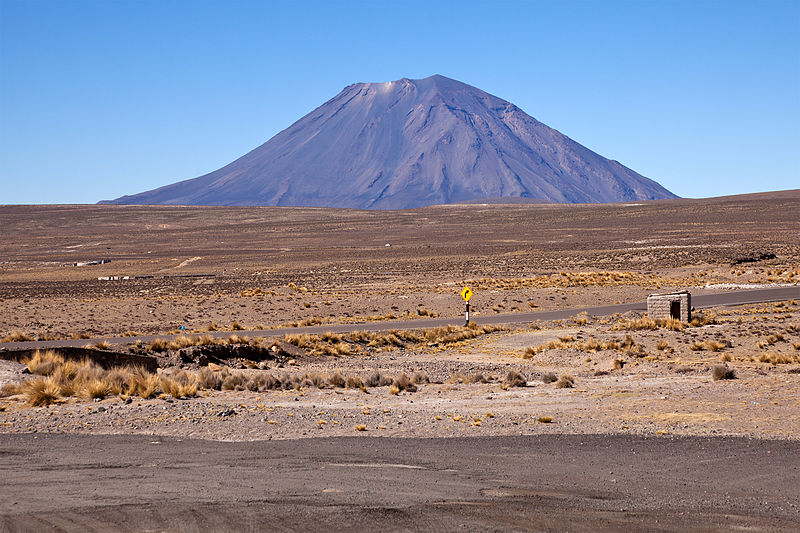
Facts and practical information
El Misti, towering over the city of Arequipa in southern Peru, is a stratovolcano that encapsulates the dramatic beauty and potential power of nature. Rising to an elevation of 5,822 meters (19,101 feet), this volcano is a defining feature of the region's landscape and an emblematic symbol of the city often referred to as "La Ciudad Blanca" due to its many buildings made from white volcanic stone.
El Misti's symmetrical cone, capped with a perennial snowcap, presents a stunning backdrop against the clear blue skies, drawing the attention of tourists, photographers, and climbers. Despite its tranquility in recent centuries, El Misti is not extinct and has experienced historical eruptions, the last significant activity being in the 15th century. The volcano's name itself, derived from the indigenous Quechua language, means "The Gentleman."
For those with a sense of adventure, El Misti offers the opportunity for a challenging climb. The ascent, which typically takes two days, rewards hikers with breathtaking views of the surrounding volcanoes, the city below, and the intricate crater at its summit. The presence of sulfuric gas vents near the crater serves as a reminder that the volcano remains active, and the potential for future eruptions is a subject of continuous monitoring by geologists.
El Misti is not only a natural wonder but also an important cultural site. In 1998, a group of archaeologists discovered Inca mummies and artifacts near its summit, suggesting that the volcano had significant religious importance for the Inca civilization. These findings provide valuable insights into the cultural history of the Andes and the relationship between ancient peoples and the majestic volcanoes that dominate their landscape.


